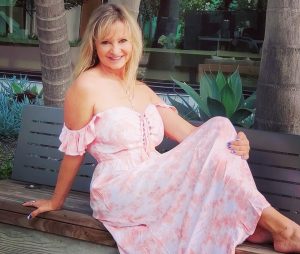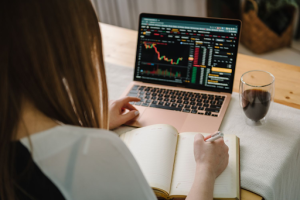Every year when I discuss the rules of important numbers in dimensions with the class, I will write the rules on the sig fig calculator or blackboard, use some examples, and try to find a way to explain why we include them in the report and use measurement. This has never been my favorite subject, mainly because I find it difficult to explain to students why these rules for measuring and communicating uncertainty are important. Eligibility penalties for incorrectly specified digits. This year he decided to work better.
The modeling course includes a series of steps that I use to illustrate how and why we report measurement uncertainty. The sequence starts with reading various devices like sig fig calculator: rulers, graduated cylinders, beakers, and burettes. Students read in groups and communicate with the class. The answers are compared. Ideally, some students will give measurements of varying degrees of accuracy with a significant figures calculator, some will only give numbers that they can read, some will score an extra number, and some will score some extra numbers. A table for all scientists to report their measurement results.
How do we express our measurement uncertainty?
In short, we found that a good rule of thumb of the sig figs calculator is to include all values that we can safely read and uncertain estimates, except for digital scales, sig fig counter, and thermometers, because we cannot estimate the values in digital devices. This activity is neither new nor unique. Many of us do this or do similar things every year. This year, inspired by a colleague, I slightly changed my expression and vocabulary. I think this laid the foundation for a more meaningful understanding of important people. I never say meaningful numbers. After discovering the sig fig calculator by calculator-online.net, we all agree to read each number and rate the other number, I will simply call it a report with reasonable accuracy.
This letter is now related to the student’s teaching experience. Compared with laying the foundation for the “significant number rule”, this expression is more meaningful to students. I now call this series of instructions on how to make measurements meaningful.
How do we accurately report the calculated area?
If our device like the significant figures calculator is not sure about one-tenth, does it make sense to express the area (value calculated based on the measured value of the device) in hundredths (or more) of digits? Then we calibrated: I stretched the tape so that the students could cover their buttocks by sig fig calculator; this saved me from having to go to Home Depot to buy new buttocks every year. Then I followed the instructions in the teacher’s notes.
Glue several sheets of notebook paper with horizontal lines (as prescribed by the university). Put glue on the paper so that one end touches the line and the other end touches the first Line 20 below. Mark the glue on every other line of the notebook paper where it touches the glue. You have now divided the glue into 10 equal intervals so that you can calibrate by one-tenth.
Then I asked the students to re-measure the circuit Board with a sig fig calculator. Use our most accurate fault. When I wrote new values on the blackboard, the students saw that our insecurities were greatly reduced. We have now reached an agreement on a unit and a tenth basis, and we are not just determining a few percent. Now let’s talk about the cost in the area. Now the instrument is more accurate, how many places can it include? We talked about how many digits we know exactly when measuring, and it is inappropriate to give a calculated value with a sig fig calculator more accurately than the number we get. Students can now apply our multiplication or division precision rules to their teaching experience.





